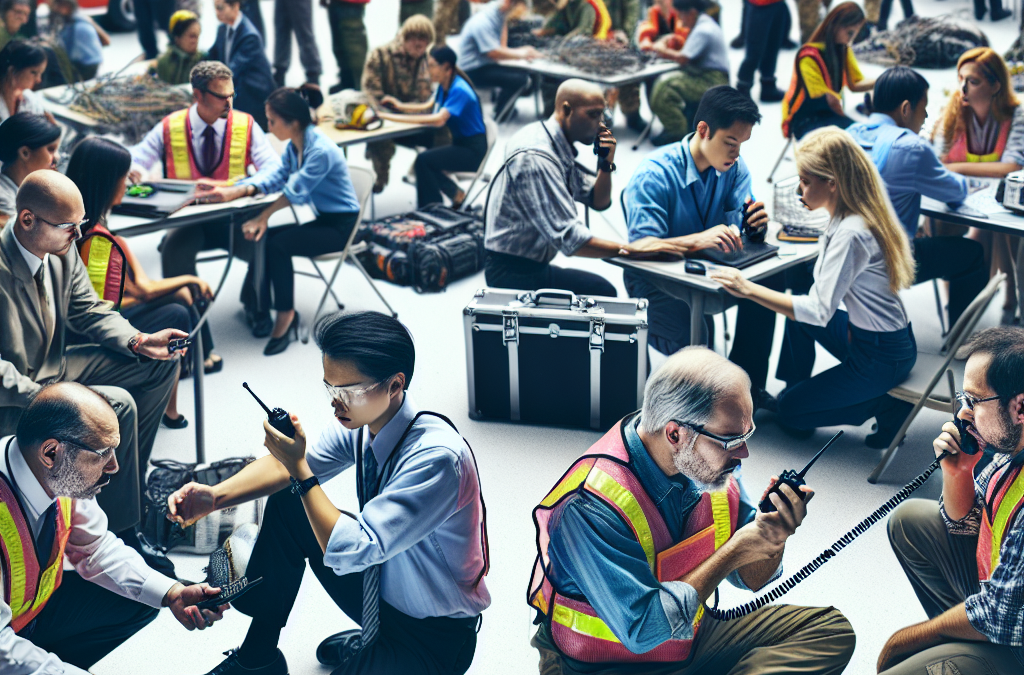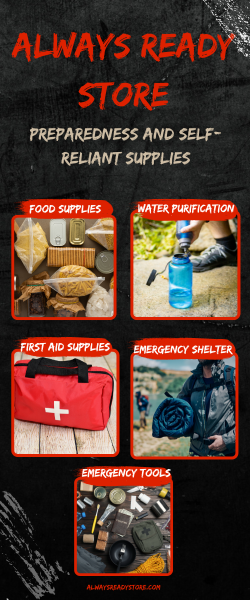Building Trust Among Community Members
Creating Genuine Relationships
Let me tell you—when it comes to community networks, trust is the foundation. Over the years, I’ve realized that you can’t just walk into a neighborhood and expect people to rally together like it’s a blockbuster movie. It takes time to build genuine relationships. Join local gatherings, volunteer for community projects, or just hang out at your local café. When members see you caring and showing up, they become more open to connecting.
It’s not just about knowing each other by face; it’s about understanding each other’s stories. Sharing a cuppa or just shooting the breeze can bridge gaps you didn’t even know existed. These connections enhance the communal fabric, making everyone feel safer and more supported. Trust increases the likelihood that when an emergency hits, folks will check in on one another and help out—because that sense of care goes both ways.
Also, think about communication. Regular, open dialogue in person or through social media creates that trust dynamic. Whenever I’ve felt connected to my community, there’s an inherent sense of responsibility, like, “Hey, I got your back.” It’s this network of trust that can really shine through in times of crisis.
Utilizing Shared Resources
After trust, we must talk about resources. I can’t stress enough how valuable it is when community members pool knowledge and assets together. For instance, if a neighbor has a chainsaw and another has expertise in emergency medicine, that’s a killer combination. I’ve seen towns rally together, sharing everything from tools to knowledge during emergencies, and it’s awesome!
Don’t underestimate the importance of having a community emergency plan, either. We can each take stock of our talents, tools, or skills. Who’s got a truck? Who knows first aid? This kind of pooling of resources can mean the difference between chaos and calm in an emergency situation.
Hosting community meetings to explore resource sharing is a smart move too. You’d be surprised at what folks are willing to offer if they just know what’s needed. Plus, these meetings can serve as practice runs where everyone gets to rehearse their roles during hypothetical scenarios. It’s a win-win!
Thank you for reading this post, don't forget to subscribe NOW for FREE!
Emergency Response Training Together
When I think of emergency preparedness, I can’t help but think of training. Tackling possible disasters as a united front truly empowers individuals and families. Joining forces for training sessions—whether it’s first aid, CPR, or fire safety—brings people together. I remember enrolling with my neighbors for a community CPR class; it turned out to be super fun, and I made some new friends along the way!
Training together instills confidence among community members. If disaster strikes, everyone knows their role and feels competent in what they’re doing. Plus, practicing responses, like forming a buddy system or where to meet up in case of an evacuation, can save valuable time when seconds matter.
Having a plan is great, but knowing how to execute it is even better. So, get those walks in, practice some drills, and remember: every little bit helps build that resilience and spirit within your community.
Fostering Open Communication Channels
Keeping Everyone Informed
Alright, let’s dive into communication. I’ve always found that having an efficient way to exchange information is crucial—especially in emergencies. Misinformation can spread like wildfire, and that’s why keeping everyone informed should be a priority. Whether it’s through a neighborhood app or a good old-fashioned group chat, make sure there’s a platform for disseminating vital information.
Email lists, local community boards, or social media groups can help keep everyone in the loop about what’s happening, when, and where. And think about regular updates—maybe monthly neighborhood newsletters where everyone can share what’s happening and important info like evacuation routes or safety tips.
During uncertain times, the ability to speak openly about fears or updates builds that trust we talked about earlier. When folks feel included in the conversation, they’re more likely to engage and participate in emergency preparedness or response activities.
Establishing Crisis Communication Plans
A solid crisis communication plan can be your life jacket if the waters get choppy. What happens if there’s a natural disaster or a facility emergency? That’s where thinking ahead comes in handy. I’ve seen communities thrive when they draft a clear communication plan outlining how members will contact one another during crises.
This means figuring out who is responsible for what. Who’s the point of contact? Who needs to be alerted? Creating a flow chart might sound tedious, but trust me—it’s worth it. The clearer the plan, the less stress on everyone’s shoulders when the real deal hits.
Revisiting and practicing crisis communication plans also help keep everyone sharp. Each person’s role comes together, equipping them for the situation. Plus, it’s a great touchpoint to discuss any changes within the group, check-in on new members, and keep everyone feeling connected.
Leveraging Social Media and Technology
Let’s not forget about the digital frontier! Social media is an incredibly powerful tool when used correctly. Platforms like Facebook, Twitter, or community forums can serve as immediacy boosters during emergencies. I’ve noticed how quickly folks can bounce messages around to share critical updates or locate missing people.
Utilizing tech tools can enhance this too. Apps dedicated to neighborhood alerts could send out notifications, so people are informed in real time. I recently joined a local app that does just that, and it’s been a game changer in keeping information flowing during the unexpected.
And hey, older generations might not be as tech-savvy, so it’s helpful to foster an inclusive atmosphere where everyone learns together. Understanding how to use these tools makes your community stronger and better prepared!
Creating an Inclusive Community Culture
Encouraging Participation from All Members
If we truly want a robust safety net, including everyone is key. Everyone’s voice counts; I learned that the hard way. When I got involved in community planning, I realized not everyone felt comfortable speaking up. It was then I knew my job was to encourage everyone to share their insights—especially those who often stay in the background.
Starting with friendly discussions can really break down those barriers. Regular town hall meetings can not only aid in planning but also foster a welcoming space for everyone to feel part of the action. That way, we all play our part in mold-making emergency policies that fit everyone.
Creating subcommittees with diverse representation can also help bring various perspectives into play. Personally, I found it refreshing to collaborate with individuals from different backgrounds as we brainstormed ideas and plans—we ended up making a richer, more effective strategy together.
Celebrating Diversity and Inclusiveness
Next, let’s chat about diversity. Each member of the community brings unique skills and experiences to the table. That diversity is an asset in emergency preparedness! Emphasizing inclusiveness in planning meetings, events, and training is paramount. I’ve seen initiatives that not only engaged people practically but celebrated cultural differences in a vibrant way.
Consider hosting multicultural festivals or appreciation days to strengthen community bonds. In my experience, such events not only foster camaraderie but also educate members about the richness different backgrounds bring, which ultimately contributes to stronger emergency strategies.
Also, recognize that ensuring every voice is heard isn’t just about inviting participation; it’s also about valuing contributions. That culture of respect and acknowledgment encourages everyone to remain engaged and proactive in fostering an environment of safety and support.
Strengthening Community Identity
Finally, when every individual feels a sense of belonging, the community’s identity grows in strength. We’ve got to establish that there’s no “us and them.” Collaborating on projects like neighborhood gardens or cleanup days can boost that identity while making the place we all call home better too.
Encouraging folks to share their stories during community gatherings brings real relationships to the forefront. I often find it uplifting to hear how neighbors came together through random acts of kindness, and that kind of spirit generates goodwill that can last generations.
When emergencies arise, people tend to protect what they care for deeply. Establishing that kind of passion through shared identity can result in a more cohesive response when the unexpected happens!
Conclusion
At the end of the day, community networks play a crucial role in emergency preparedness. By building trust, embracing diversity, facilitating open communication, and collectively participating, we can create resilient communities ready to face whatever comes our way. The beauty of it all is not just about being prepared; it’s about creating relationships that last a lifetime.
FAQs about The Importance of Community Networks in Emergency Preparedness
1. Why is trust important in community networks?
Trust lays the groundwork for effective communication and cooperation, which are essential in emergencies. When people feel a sense of trust, they are more likely to look out for one another and share resources.
2. How can we effectively share resources in a community?
Creating lists or directories where members can indicate their skills and available tools is a great start. Regular meetings to discuss needs and resources can also foster sharing among neighbors.
3. What types of training should communities focus on?
Communities should focus on first aid, emergency response drills, and communication strategies. Training together ensures everyone knows their duties if the situation arises.
4. How can technology be leveraged in community preparedness?
Technology, such as social media and community apps, can facilitate rapid sharing of information. Setting up online groups or alert systems can help keep everyone informed in real time during crises.
5. How do I encourage participation from all community members?
Start by creating a welcoming environment where everyone feels safe to express their opinions. Encourage regular community meetings and seek to involve diverse voices in planning sessions to ensure inclusivity.






